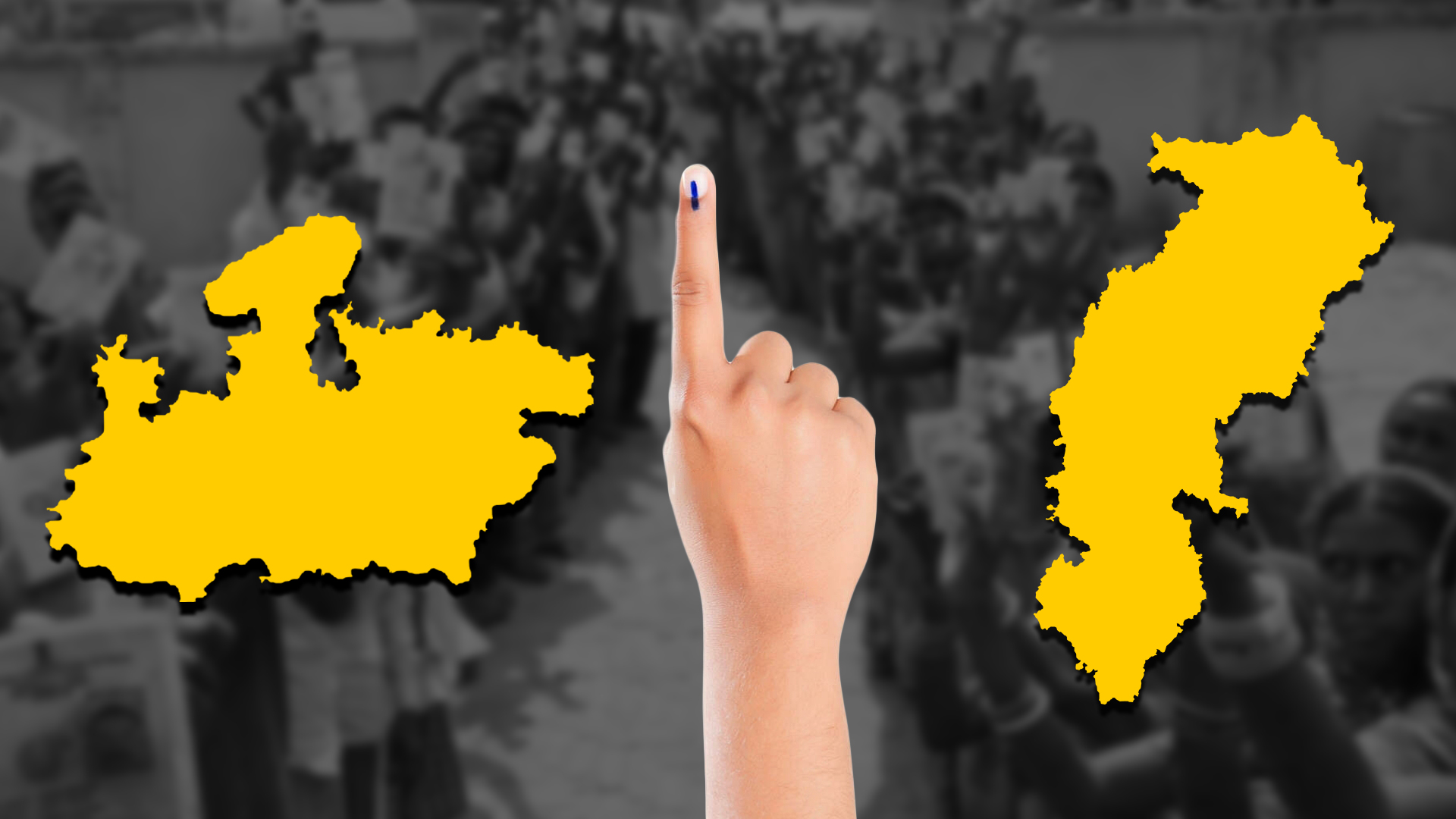
The separation of Chhattisgarh from Madhya Pradesh on November 1, 2000, marked a watershed moment that reverberated through both states. The ensuing years, from 1998 to 2003, witnessed political shifts and emerging leaders that left a mark on Madhya Pradesh and Chhattisgarh.
In 1998, Digvijaya Singh became Chief Minister of Madhya Pradesh, focusing on education reforms, building village schools, and boosting the state's literacy rate. However, in 2003, Uma Bharti succeeded him, leading BJP to a sweeping victory with 173 out of 230 seats. Bharti, the first female Chief Minister of Madhya Pradesh, prioritized governance initiatives like Bhagirathi Yojana for rural drinking water, Bhojpal Kalash Yojana reviving water harvesting, Ladli Laxmi Yojana for girls' education, and Deendayal Antyodaya Yojana for marginalized support. Bharti's emphasis on organic farming and tourism development contributed to the state's growth, but her term ended in 2004.
In neighboring Chhattisgarh, Raman Singh's 2003 leadership marked a 15-year tenure as Chief Minister. Known as 'chawal wale baba' for transforming the public distribution system, Singh's visionary policies included the Chhattisgarh Food Security Act, 2012. The 2003 elections witnessed a fierce BJP vs. INC battle, defining the political landscape in the state.
The BJP emerged victorious with 50 seats, while the INC secured 37.
| Year | State | Total Constituencies | Voter Turnout | Seats (BJP/INC) |
|---|---|---|---|---|
| 1998 | Madhya Pradesh (unified) | 320 | 66.4% | BJP: 119, INC: 172 |
| 2003 | Madhya Pradesh | 230 | 67.2% | BJP: 173, INC: 38 |
| 2003 | Chhattisgarh | 90 | 71.3% | BJP: 50, INC: 37 |
Source : ECI
Post separation, both the parties have been able to retain their seat share in the state.
| Year | State | BJP | INC | Others |
|---|---|---|---|---|
| 1998 | Madhya Pradesh + Chhattisgarh | 48 | 36 | 6 |
| 2003 | Chhattisgarh | 50 | 37 | 3 |
| 2008 | Chhattisgarh | 50 | 38 | 2 |
| 2013 | Chhattisgarh | 49 | 39 | 2 |
Source : ECI
The electoral landscape in Madhya Pradesh and Chhattisgarh underwent significant transformations during the pivotal years of 1998 and 2003. In 1998, Madhya Pradesh had 320 constituencies, witnessing a diverse voter turnout of 66.45%. The INC secured 172 seats, while the BJP won 119. By 2003, the dynamics shifted with 230 constituencies, a 67.25% voter turnout, and the BJP, led by Uma Bharti, securing a resounding victory with 173 seats compared to the INC's 38. Chhattisgarh, created in 2000, experienced a competitive electoral environment in 2003. With 90 constituencies, the BJP won 50 seats, and the INC secured 37. The political narrative in Chhattisgarh reflected the diverse preferences of the region.
Reflecting on the enduring impact of the 1998 & 2003 election, watchout for insightful analysis. Checkout Madhya Pradesh 2023 Assembly Elections and Chhattisgarh 2023 Assembly Elections.
References:

Dhruv Research owned by DHRUVA RESEARCH
Copyright © 2021
DHRUVA RESEARCH.
All rights reserved.